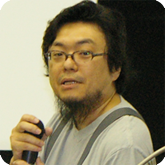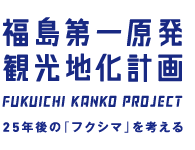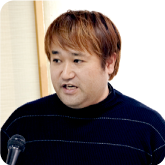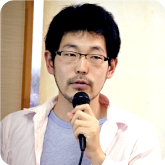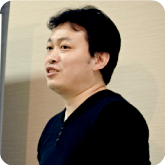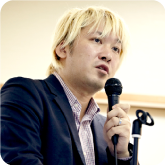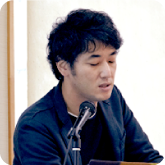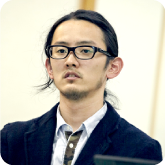About This Project

The Fukuichi Kanko Project is a plan to turn the disaster site of the Fukushima Daiichi Nuclear Power Plant into a so-called “tourist destination.”
However, we are not referring to the disaster site as it stands today. This plan supposes the site 25 years after the 2011 disaster, once thorough decontamination has been carried out, and regular citizens are able to safely approach within a few hundred meters of the site without protective clothing. The driving idea of this project is to begin investigating now the ways in which the Fukushima Daiichi disaster site in 2036 should gather individuals, build facilities, and display and convey messages, while also placing the reconstruction of disaster-stricken areas at the core of its vision.
In the fall of 2012, a multidisciplinary team consisting of members sympathetic to this idea, with backgrounds in fields including business, sociology, journalism, architecture, and fine art, gathered and formed in response to a call by Hiroki Azuma, head of Genron Co., Ltd. From here, the team plans to publish and exhibit the project’s results. These results will primarily come from the assembled team, and will come from a variety of angles, public, private, and academic, and will also involve the cooperation of individuals from disaster-stricken areas. Our ultimate goal is for the project to act as a unique, privately-conceived proposal for reconstruction that will be used as an actual plan for reconstruction.
As memories of the disaster and the resulting pollution are still fresh, some may feel that a plan at this point in time for turning the site of the nuclear disaster into a tourist destination would be unthinkable, or improper.
However, the future will inevitably come. And 25 years is not a short amount of time. 1986, exactly 25 years before 2011, was the year that the nuclear disaster befell Chernobyl, and it has now started to gather tourists.
Man is a being of curiosity. Once time passes, decontamination proceeds, and the memories of the tragedy start to fade, the site of the Fukushima Daiichi Nuclear Power Plant disaster will too one day invariably become the subject of man’s curiosity. However, we cannot allow ourselves to forget about the scale of this disaster, or about the foolishness of post-war Japanese society that brought us to it. We must teach future generations of this error and build a new Japan upon such an understanding. At some point in the future, “tourists” will come to the disaster site. Our desire to not forget is what makes us think that we ought to consider the kinds of facilities we should build for and how to convey the tragedy of "Fukushima" to these visitors.
In Hiroshima, there is the Atomic Bomb Dome. However, no Japanese person in 1945 could have imagined that the Dome would one day become a World Heritage site. In fact, there was a strong desire among Hiroshima residents that the Dome be demolished, as it brought back the horrible memories of the dropping of the atomic bomb. But now, in 2012, who would say that the Dome in Hiroshima should have been demolished, and that the memories of that tragedy should have been forgotten with it? It is this kind of “future” that we take as our premise as we attempt to create a vision of true recovery from this disaster.
The prefecture of Fukushima, and Japan as a whole, cannot move forward without taking on the responsibility of the error that has commonly come to simply be referred to as “Fukushima.” The Fukuichi Kanko Project is meant to be one proposal of how to do just that.
The administration of present-day Japan is giving no thought to this kind of issue. That is why we ourselves have decided to think about the future of Fukushima.
We hope for your understanding and support.
株式会社ゲンロン 代表取締役 
